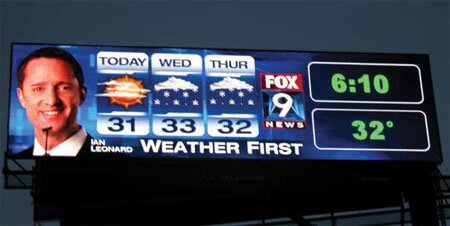“As of January 20, 2012, due to the closure of the Classroom Support Services Photography lab,” reads the notice on the University of Washington Special Collections page, “we will temporarily be unable to provide photographic prints or digital scans. We are actively exploring alternative services. Photocopy services are not affected by this change. We apologize for this inconvenience.”
As it turns out, this development owes at least as much to the tidal shift from photographic reproduction to high-definition digital scanning as it does to budget-cutting at the University of Washington. (Not that being named “Reproduction Services” is doing the department any favors, either.) The suddenness of the announcement alarmed those who rely on access to the Special Collections archives, but behind the scenes Special Collections is trying to respond to the closure of the photography lab as quickly as they can. Because the lab will close on January 31, 2012, the last orders have to be in by the 20th.
Right now, Special Collections is negotiating with the department that provides digital imaging services for health sciences, as their equipment is necessarily high quality. Within weeks, they hope to offer a 4-week turnaround for scan requests; rush orders won’t be a possibility, at least at first.
Their digital collections are already extensive–go ahead, explore the Centralia massacre–but since donations of materials keep coming in, the scanning doesn’t stop. Offering digital files opens up a new vista aside from 8×10 prints: If you want you could have the smoldering hulk of Fry’s Opera House, from the aftermath of the fire of 1889, printed on a tapestry. It’s likely that Special Collections will still offer limited digital printing, but people can also take their files to private firms and shop for the best price.
If, for artistic reasons, you wanted still to reproduce an 8×10 from a negative in their holdings, the future gets murkier. You will need to contact Special Collections (speccoll@uw.edu) and make a special case for the project. At this moment, given budget and staff constraints, that’s likely to be an uphill battle.
